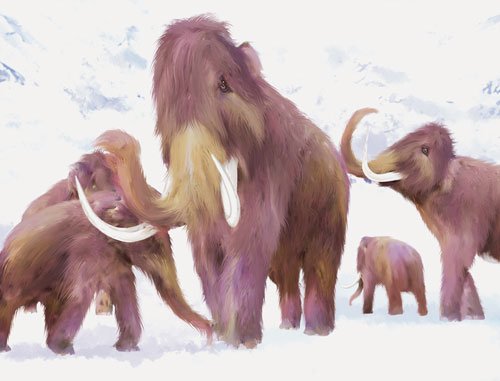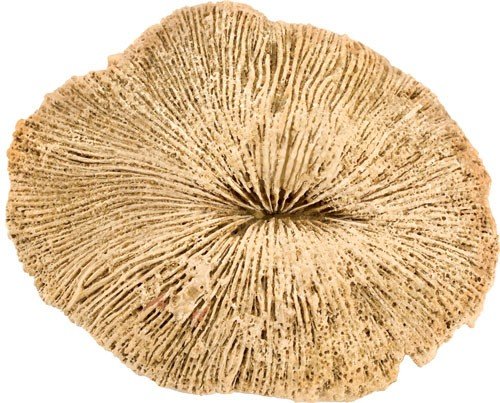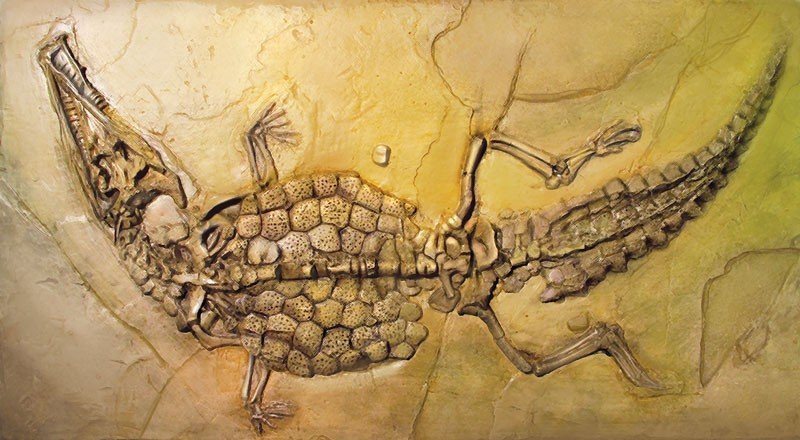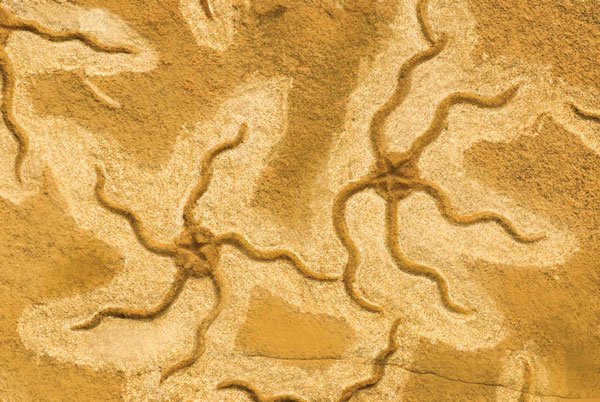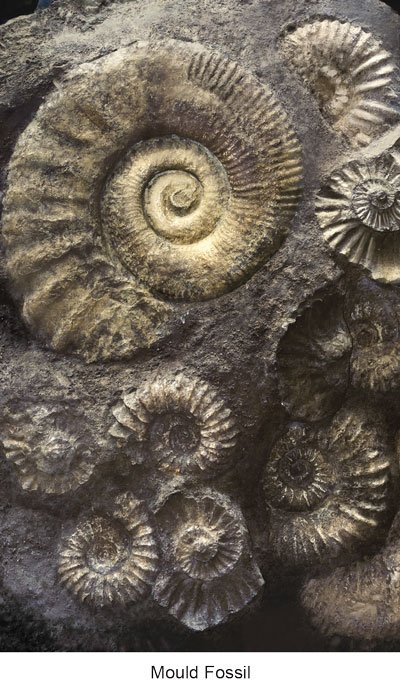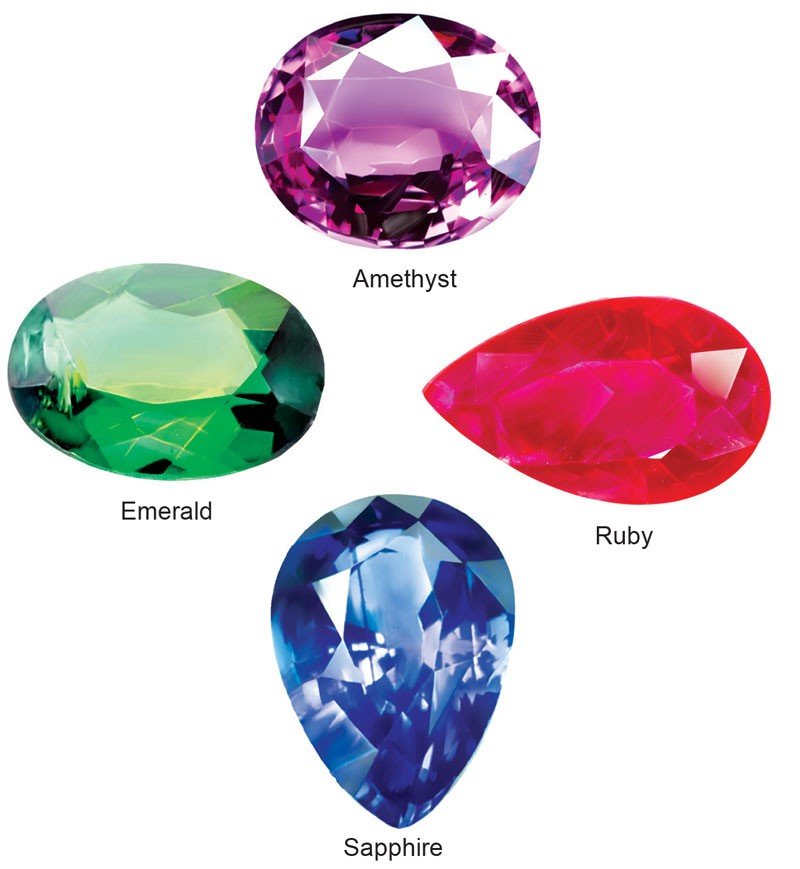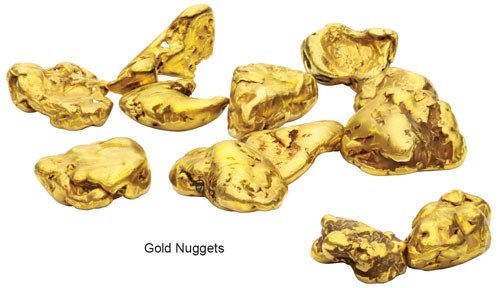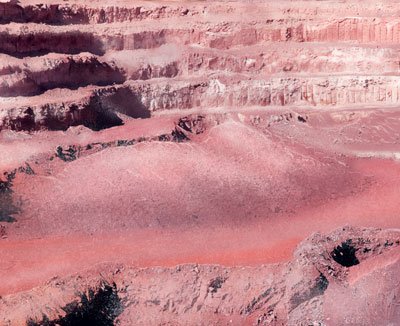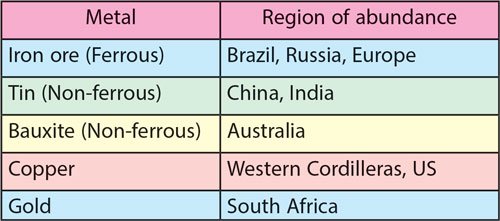Soil, Soil Profile, Humus and Formation of Soil
Soil: The uppermost thin layer covering the Earth’s surface is called soil. Soil is composed of rock particles, mineral fragments, remains of the dead, living things, water and air. The soil has five layers: humus, topsoil, subsoil, rock fragments and bedrock. There are four basic types of soil: sand, loamy, silt and clayey. Soil Profile: […]

 221 Facts About Earth tells children about Earth’s beautiful resources, lives, waterfalls, Hills and many interesting and exciting facts.🌎📚
221 Facts About Earth tells children about Earth’s beautiful resources, lives, waterfalls, Hills and many interesting and exciting facts.🌎📚



